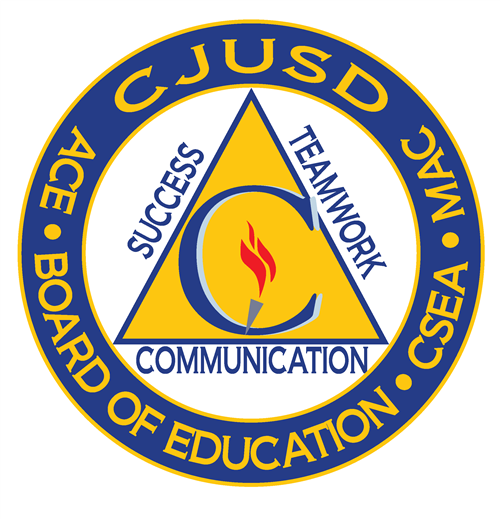
Design Symposium
Design Symposium
The Colton Joint Unified School District is committed to a transparent and inclusive process for the rebuilding of the Walter Zimmerman Elementary School. As such, the district has hired a specialized design team to walk the Bloomington community through an inclusive and structured process to gather input from the wider community. The process is called a Design Symposium.
“The Colton Joint Unified School District is committed to a transparent and inclusive process.”
The goal of the Symposium process is involvement and interaction with key project stakeholders and what we call subject matter experts. Its a fancy term for you. Each of us is an expert in our own areas of specialty, whether we are teachers, parents, students, principals, custodians, or community members. Your direct involvement in this process will provide essential insights and contribute to the development of both a collective vision and solution.
The Design Symposium will be conducted over four meetings: three in person and one online. It will also include a web-based outreach through this website and through online surveys. This website was set up by the architectural team, the DLR Group, as a Project-Based Website that allowed for the attendees to monitor on-going design progress and make additional comments following each Design Symposium session. If you are unable to attend this or other meetings, this website will provide updates following each session and further opportunities for input through surveys or the online feedback page.
Central to the District’s commitment to transparency is the understanding that the design of the new campus will not start until the design team has had a chance to hear from the Bloomington Community. The Architects will not start designing until they have had a chance to hear from you.
“The Architects will not start designing until they have heard from you.”
The process will conclude with documentation of the input and ideas shared by the community. The ideas shared by the community will become teh springboard for the architectural design of the campus. The goal is that attendees will see their fingerprints on the design at the presentation of the schematic concepts.
Session Overview
The process encompasses four primary areas of exploration, evaluation and envisioning. These four areas are a structured and disciplined approach to organizing information. The architects will be facilitating discussion and assisting everyone to provide input through workshop into the categories of information listed below. This process builds, meaning as more input is shared, the group will be continually getting closer to solutions. The natural process is to move from Goals, to Facts and Needs, and then to Solutions.
What can you expect when you participate in the community input sessions? Each session is structured with a presentation to set the agenda and objectives for each meeting, and to provide a recap of where the previous sessions have left off. Then, attendees will break into groups to have a facilitated discussion. Each group reports back their findings to the larger group. The evenings will conclude with next steps, and a summary of the evening’s events.
Session 1: Goals
GOALS of each school district and community are unique and ultimately define the outcome of a school program or the campus design. These GOALS are used throughout the process as a constant guide to ensure that your community’s strategic direction is followed. GOALS could include academic outcomes, shared community uses, sustainability goals, career objectives, equity markers, wellness, or other social outcomes. GOALS should reflect the values of your District, and the pulse of your community.
Session 2: Facts & Needs
FACTS refer to the fixed parameters that will influence any final solution. In simpler terms, FACTS are constraints and project details that cannot be changed. The FACTS of the project typically include physical features associated with the project site, budget constraints, enrollment, required schedules, regulatory and zoning concerns, code requirements, and regional community issues. FACTS can be broad, and they significantly influence the final school design.
NEEDS refer to issues identified by the user groups involved and Colton Joint Unified School District. NEEDS provides the largest body of information collected and analyzed in pursuit of your District and Campus’ stated goals. NEEDS should include the results of departmental and community surveys. NEEDS typically include needed space requirements, space adjacencies, facility needs, playground and outdoor space requirements, technology, academic, administrative, and wellness needs.
Follow-up interviews and the use of web-based media may also be held for additional clarification and testing of various design concepts. In addition to the user group input, the planning team will make professional evaluations based on prior experience in our assessment of department adjacencies, workflow efficiency and consideration of both short-term and long-term needs.
Session 3: Concepts & Solutions
CONCEPTS begin as graphical ideas that illustrate each department’s needs for space, necessary adjacencies, egress and ingress issues, and other factors that affect the operational efficiency of each department. CONCEPTS can be imagined as ideas that assemble facts and needs into organized ideas. All of the FACTS and NEEDS are combined to create CONCEPTS that respond to the issues identified.
The recommended design solution that follows will represent the combined strengths of each of the proposed concepts and supporting rationale. The success of the planning process will be guided by the GOALS discussed at the onset of the project, shaped by the FACTS, driven by the NEEDS, and innovatively resolved through the CONCEPTS.
Session 4: Schematic Design
The final meeting will be a presentation of the architectural schematic design that originates from the previous 3 sessions. The architects will be synthesizing all the information provided by the symposium process.
Get Involved
You’re invited to participate in the symposium sessions. Please RSVP to let us know you’re coming:
Provide your feedback online, even if you’re not going to be attending in person. Your input matters! Provide feedback here:




